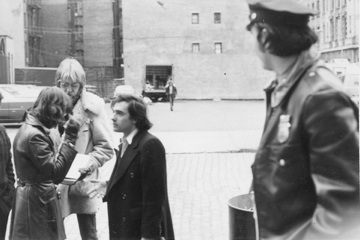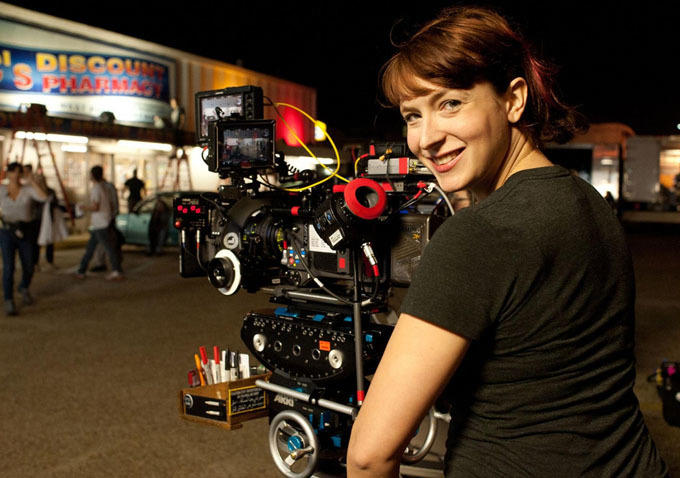On Landing My First Job in the Business on Martin Scorsese’s ‘Mean Streets’
10 pm. NYU Film School, The East Building 8th floor, Editing Room.
“Who wants to work on a movie?” a voice pitched, over the din of old time moviolas. We worked on the same ultra durable film sewing machine used by all the studios in their heyday. (It now occurs to me that maybe these are what inspired “Star Wars Episode V’”s AT Walkers.) We used a form of scotch tape to make temp edits, and carefully scraped the tape with razor blades to carve the film sprocket holes, a frustrating and messy business. Hours melted away. Time stood still.
Every wannabe filmmaker in the editing bay just wanted to finish and be done. “I need two camera assistants… a gaffer and…a script girl,” announced the voice I now recognized as Mitchell, our TA. Groans were heard. “OK, there’s coffee in it, on me,” definitely sounding like Mitchell. Heads poked out. Five guys plus me, the only girl around, threw on our coats and shuffled past the purple walls trimmed with bright yellow paint, yawning and stretching. We piled into a station wagon parked in a red zone.
I asked, “Is this your car?”
“No,” Mitchell answered, “It belongs to the bank, it’s a lease car.”
“What’s a lease car?,” I wondered.
Around eleven, we pulled in front of the Gramercy Park Hotel, a seedy place in those days. The lobby couldn’t have been creepier. But the elevator, an old fashioned cage, was. It occurred to me as we were being yanked up a few flights, that maybe I‘d made a mistake. The cage opened onto a fairly well lit hallway. But that wasn’t a good thing. A door opened and light spilled out like the sun just came up. Guys were pacing around as far as the phone chords would take them. Things settled down, however, when the eye of the storm, a dynamo with shoulder length black hair and a dark but smiling countenance, became the center of attention.READ MORE






